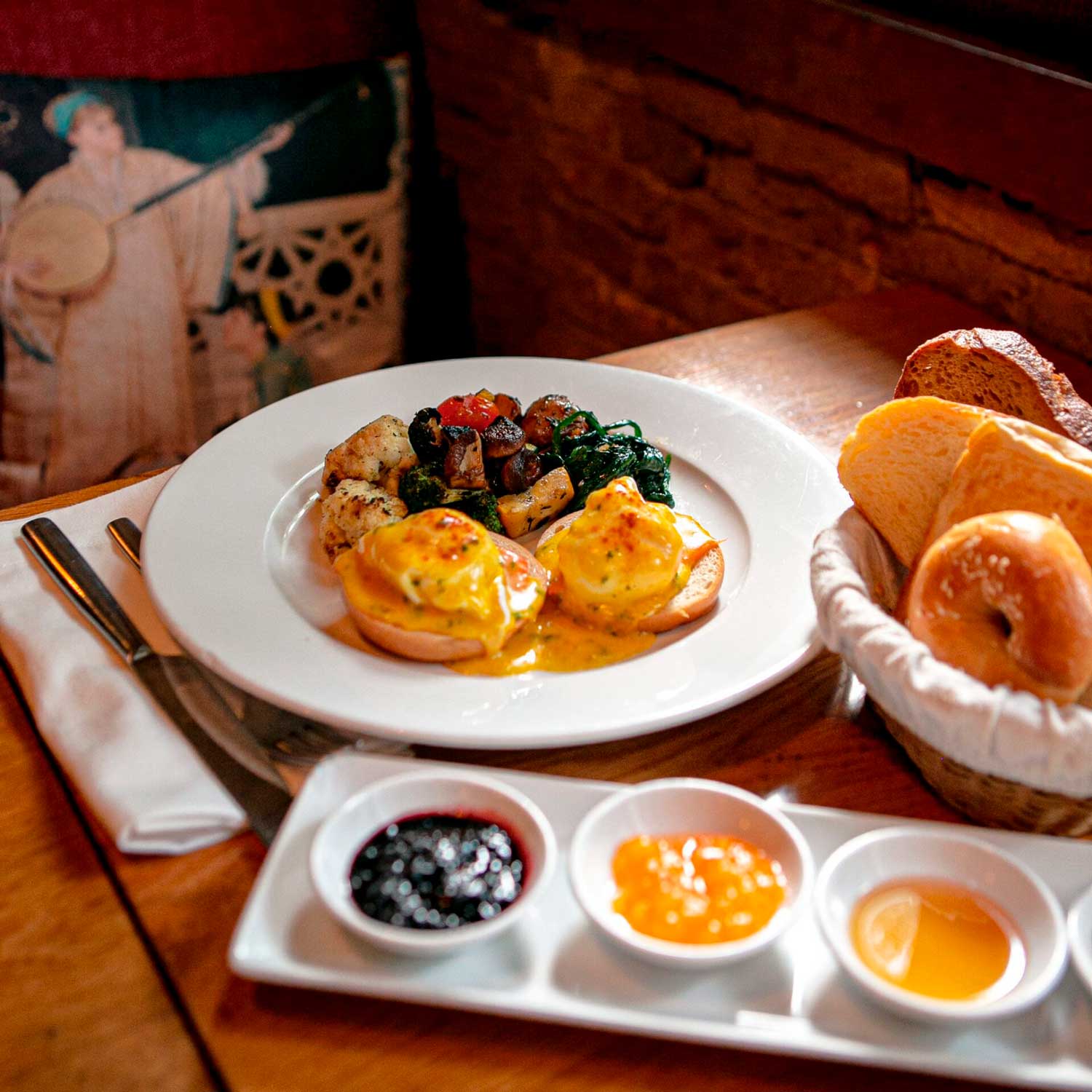In restaurants and hotels around the world, brunch has taken over. On weekends, from the late morning to the early afternoon, tides of hungry customers come in for brunch. But what is it ? Where does it come from ? How did it become this big ?
THe origins of brnuch
In many Western countries, it’s been standard practice for centuries to have a light meal between breakfast and lunch and/or lunch and dinner. Most theories suggest that brunch evolved from this tradition sometime in the late 19th century.
The newfound prosperity of the working class following millennia of feudal subjugation led to an increased amount of people going out on weekends and drinking until the early hours of the morning. To cater to this hungover clientele, taverns and restaurants started merging their breakfast and lunch services into a single, 6-hour long affair.
As the services merged, so too did the names : breakfast and lunch became brunch. The first recorded instance of the word dates to 1895, where an British magazine described it as the ideal hangover meal to recover from a long night of festivities.
What is brunch made of ?
The dishes involved in brunch can vary wildly from restaurant to restaurant and culture to culture. We’ll be focusing on Western brunch in this article, so here’s a list of classic Western brunch fare :
Drinks
Orange juice, coffee, tea, Bellinis, Melbas, fruit juice, champagne.
Appetizers/Small dishes
Hash browns, eggs, fruits, pastries, breads, toast, vegetables (spinach, tomatoes, mushrooms)
Main courses/Larger dishes
Sausage, bacon, ham, pancakes, waffles, smoked salmon.
Whether you’re looking to recover from a long night out or have the best possible start to your weekend, we have you covered ! At Au Parc our signature brunch is available from 10am to 4pm on Saturdays and Sundays. Try our famous bread basket and pastries with a fresh juice, your choice of coffee or tea and one of our stunning 5 main course options.





